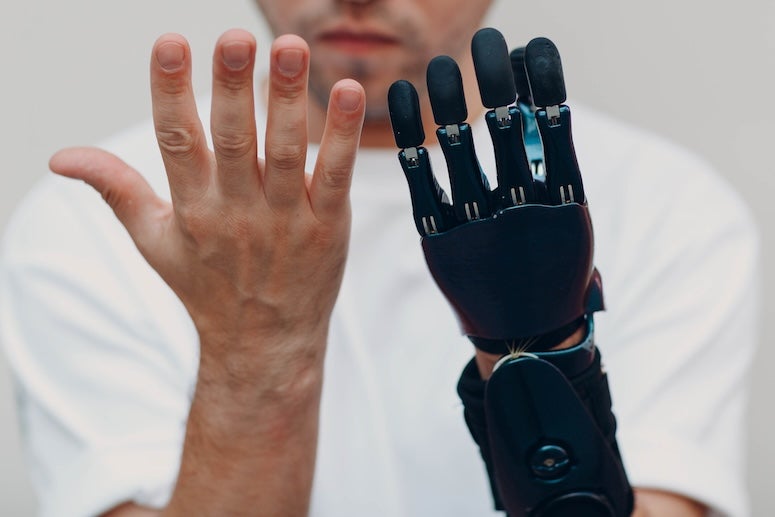From immersive virtual reality to breakthroughs in rehabilitation and assistive technology, haptic devices are transforming how we interact with digital environments. A newly published review in Nature Reviews Bioengineering highlights the evolution of wearable multisensory haptic devices — and the Rice University researchers behind it are available for media interviews.
Featured experts:
● Marcia O’Malley, the Thomas Michael Panos Family Professor in Engineering and professor and chair of mechanical engineering
Expertise: wearable haptic technology, human-machine interaction, rehabilitation robotics
● Daniel Preston, assistant professor of mechanical engineering
Expertise: soft robotics, fluidic systems, wearable devices, actuation technologies
Talking points:
● The shift from single-sensory to multisensory haptic feedback in consumer and health care applications.
● Engineering challenges in skin-contact mechanics and user comfort.
● Breakthroughs in actuation methods — from electromechanical to thermal feedback.
● Emerging uses in virtual reality, prosthetics, rehabilitation and assistive communication.
● The future of human touch in digital interaction.
Why it matters:
As wearable haptics become more advanced and accessible, they’re poised to redefine everything from gaming and augmented reality to prosthetic feedback and stroke rehabilitation. The Rice team’s review offers a roadmap for next-generation touch technologies.
To arrange an interview, please contact Alex Becker, media relations specialist at Rice, at alex.becker@rice.edu or 713-348-6794.

